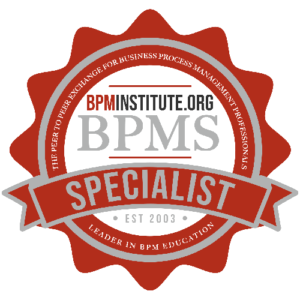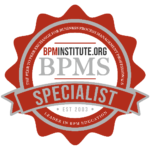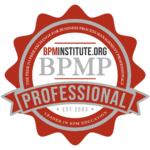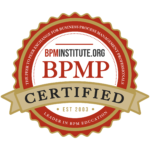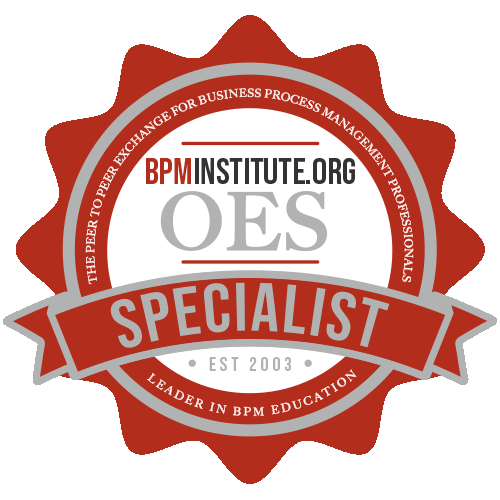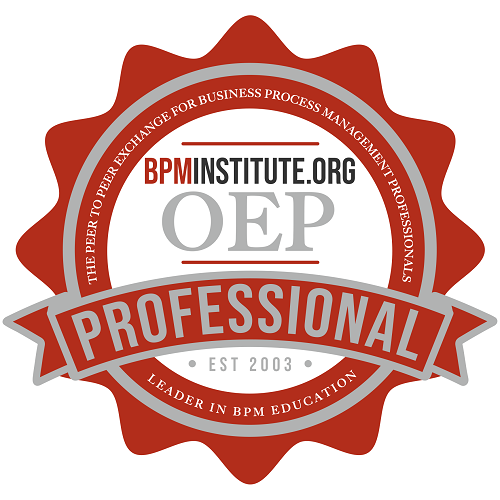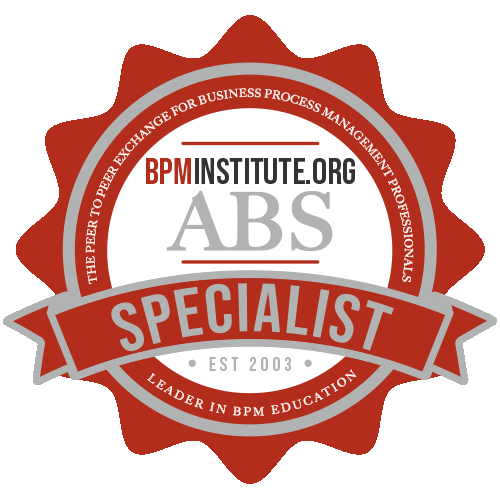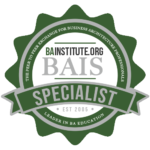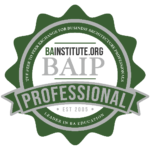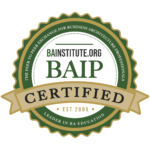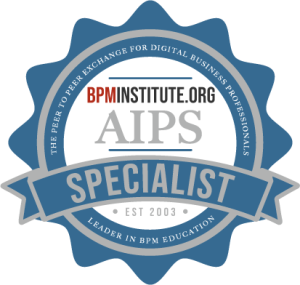Writing standard operating procedures (SOPs) is one of the most common — and dreaded — tasks process professionals face. It’s essential, time-consuming, and often delayed until the moment someone says, “Do we have a documented process for this?”
Thanks to generative AI tools like ChatGPT and Claude, there’s a better way. In this article, we’ll show you how to write SOPs with AI faster, using prompts and materials you already have. Whether you’re documenting onboarding steps, internal controls, or handoffs between departments, AI can help you go from a blank page to a polished draft in minutes.
Why SOPs Still Matter
Even in agile, AI-enabled workplaces, SOPs are still critical. They:
- Ensure process consistency across people and time
- Support audits and compliance
- Reduce training time for new hires
- Create a foundation for automation or redesign
Yet most SOPs are created:
- Last-minute
- From scratch
- Without a clear format
It doesn’t have to be this way.
What You Need to Start
To write SOPs with AI, all you need is:
- A basic understanding of how the process works
- A few notes, documents, or meeting summaries
- A well-crafted prompt (we’ll show you how)
You don’t need:
- A process modeling tool
- Perfect documentation
Technical AI expertise
Sample Prompt for SOP Generation
Let’s say you have a list of steps for a vendor onboarding process. Use this:
“Using the steps below, generate a standard operating procedure formatted with the following sections: Purpose, Scope, Roles and Responsibilities, Step-by-Step Instructions, and Exceptions. Write in a clear, professional tone.”
Want a less formal version for internal use?
“Create a quick-start guide from this process. Use bullet points and friendly tone. Include key warnings or common mistakes at each step.”
Want to tailor it for auditors?
“Convert this into a policy-compliant SOP with emphasis on documentation and approval steps.”
You can even request:
“Add a glossary of acronyms at the end.”
Tips to Improve Output Quality
- Be specific about the format you want (sections, tone, audience).
- Provide context — what this process is for, who’s involved.
- Include inputs or systems used (e.g., Salesforce, Excel, email).
- Don’t be afraid to iterate: ask AI to revise tone or structure.
- Use AI to generate variants for different teams or roles.
Real-World Example
A mid-size financial firm needed SOPs for its client onboarding process. The analyst had a set of flowcharts and internal emails. Using AI, she created:
- A formal SOP for compliance
- A simplified checklist for client managers
- A training version with examples and “what to watch for” tips
Each took less than 20 minutes to draft — and less than an hour to validate and finalize.
What This Does Not Do
AI is powerful, but it’s not magic:
- It won’t validate compliance unless you feed it the rules
- It won’t auto-generate screenshots or links
- It won’t catch gaps if your inputs are vague
So think of it as your first draft partner — not your final reviewer.
Final Thoughts
If you’ve ever stared at a blank SOP template and thought “not today,” this is your sign to start using AI.
Learning how to write SOPs with AI doesn’t mean outsourcing your knowledge. It means turning your expertise into usable content — faster, more consistently, and with far less effort.
Use it to:
- Scale your documentation
- Standardize process knowledge
- Get ahead of your next audit or onboarding wave
With the right prompt, you can stop starting from scratch.




